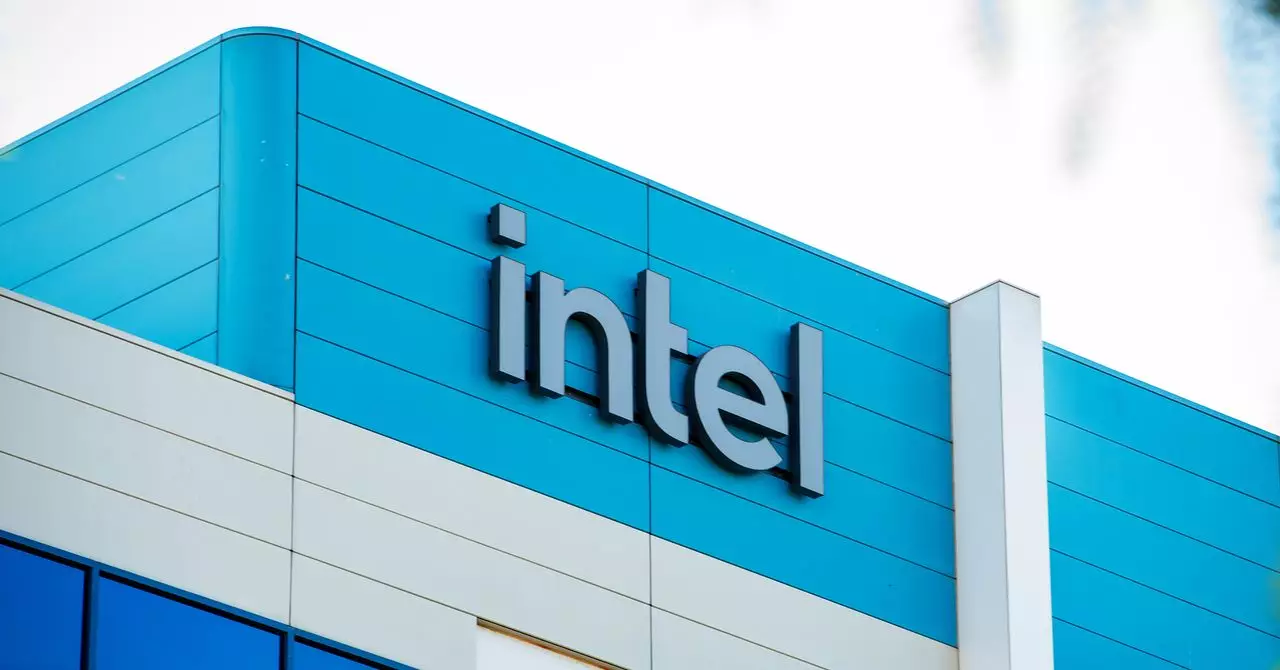The announcement of exemptions for semiconductors from President Trump’s tariff initiative initially sent waves of relief through Silicon Valley. The tech industry is known for its resilience, and many saw this tariff reprieve as a strategic win against rising manufacturing costs. However, the fleeting nature of this relief has soon morphed into a complicated maze that companies must navigate. Far from affording significant solace, the exemptions may inadvertently complicate the landscape for semiconductor manufacturers much more than anticipated.
While the initial news suggested that semiconductor supply chains would remain intact, the specifics reveal a much grimmer reality. The list of exempted items is notably limited, with numerous essential semiconductor components omitted from the relief. Simply put, while a handful of producers might rejoice, the bulk of domestic manufacturers will still face the brunt of higher import costs. The irony of exemptions for semiconductors lies in the nuance of product categorization. Many tech products, essential for everything from artificial intelligence to consumer electronics, are classified under different headings and thus still fall prey to tariffs. Compound this with the reliance on imports for manufacturing equipment, and the illusion of relief quickly dissipates.
The Chain Reaction of Increased Costs
Stacy Rasgon, a seasoned analyst, articulates the stark reality facing the semiconductor industry. The sparse exclusion from tariffs creates a precarious situation for the majority of companies. Approximately 40% of the effective import duties on products featuring semiconductors could effectively stifle growth within a sector already grappling with complexities of global supply chains. This adds pressure on an industry heavily intertwined with the broader economic health of the United States. With semiconductors serving as the backbone for consumer goods ranging from digital devices to automotive innovations, these tariffs represent an existential threat.
Amidst the turmoil, the effects of rising costs extend beyond a mere mathematical equation of prices. The implications are profound: financial strain can stymie research and development efforts, crucial for maintaining competitive advantages. As companies reallocate budgets to address increased costs, innovation might be sacrificed, thereby jeopardizing leadership in cutting-edge technologies like AI and machine learning. As noted by Martin Chorzempa, significant investments already projected to uplift the semiconductor landscape could see diminishing returns, further embedding companies in a cycle of vulnerability.
Understanding Tariff Classification: A Double-Edged Sword
Navigating the Harmonized Tariff Schedule (HTS) becomes a critical component of business strategy for these companies. The classification system may seem simply bureaucratic, but it is fundamental in determining which products are subject to tariffs. The struggles surrounding identification lead to confusion and inconsistency in regulatory responses, and the implications are not trivial. For instance, Nvidia’s DGX systems, designed specifically for the AI sector, fall under tariff codes that do not enjoy the same exemptions. Such discrepancies expose companies to unexpected financial burdens.
The difficulties presented by classification issues signal a growing need for clarity in tariff policies—a necessity for a sector that drives so much economic momentum. Without transparency in how products are categorized, companies face the risk of significant operational disruptions. For tech firms that thrive on precise logistics and timing, this lack of predictability can be a crippling challenge, forcing many to reconsider their long-term strategies. As we shift toward an increasingly interdependent global marketplace, the intricacies and ramifications of tariff classifications must not be understated.
The Path Forward: Innovation Amidst Uncertainty
Despite the daunting landscape, the semiconductor industry holds a unique advantage—the ability to innovate out of crises. With an eye toward solutions that drive efficiency in production, companies might pivot towards localizing supply chains or investing in automation technologies. However, proactive adaptations require significant investment and commitment from stakeholders, an idea that can also be hindered by financial setbacks introduced through tariffs.
While it’s imperative that the industry adapts, it is equally crucial that policymakers recognize the cascading effects of their decisions. To support economic recovery and technological advancement, it is essential to revisit tariff policies that, although intended to protect domestic interests, often inadvertently stifle innovation. In an era defined by rapid technological evolution and increasing reliance on semiconductors, the way forward must prioritize clarity, support, and a nuanced understanding of global interdependencies inherent in the tech landscape.

